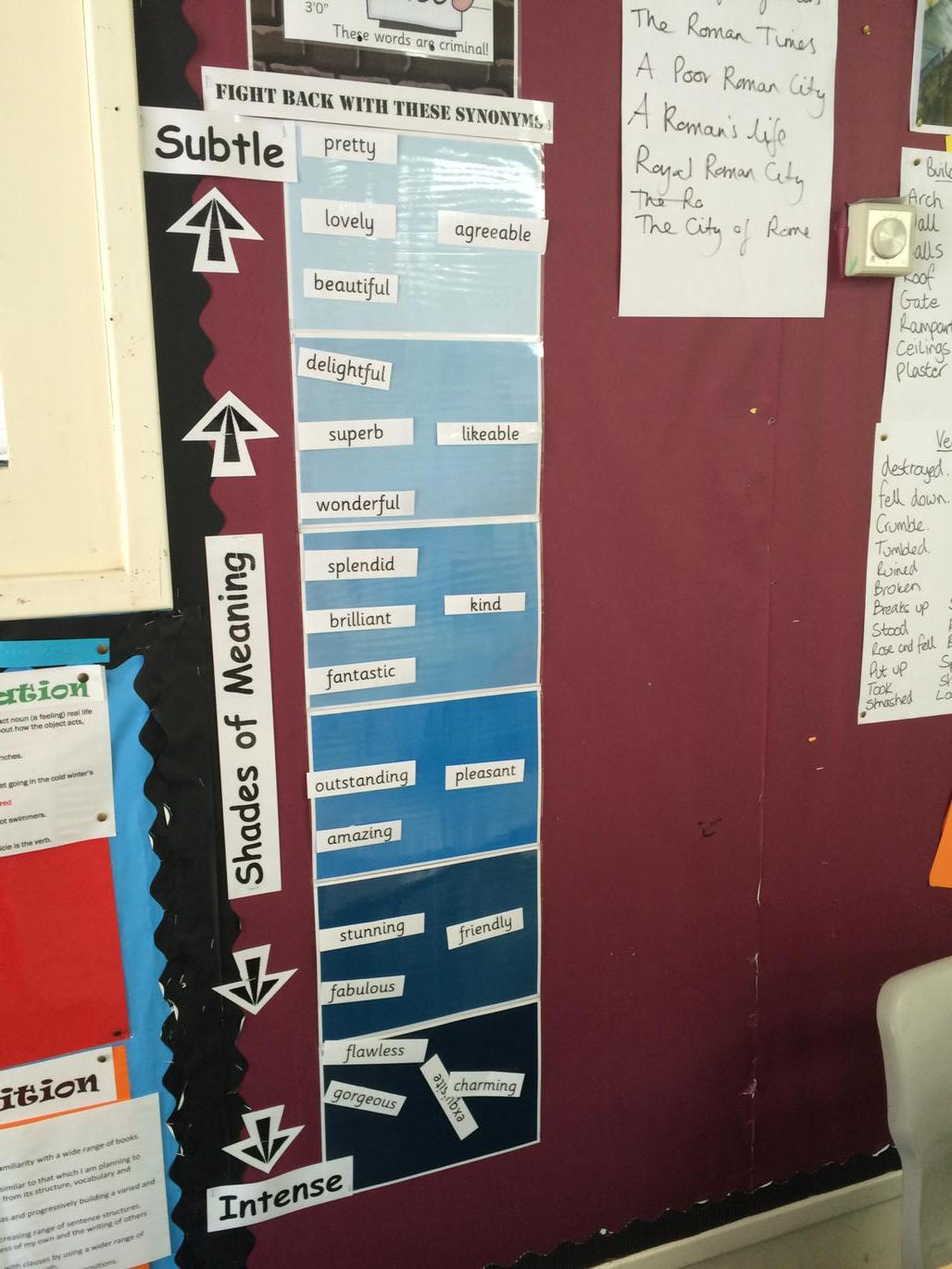This idea has been on my list to write for quite a while now!
I have selected a daisy chain because it reminds me of Summer.It's now that we have the opportunity to assess what our moving on learners can say and write.
They are going to write about their likes and dislikes with nouns and adjectives and use conjunctions to join their sentences together.
Take a handful of conjunctions in the target language:in French let's use "mais,et, car, pourtant,"
- First let's physically feel and make the sentences.
- Ask the children to make a list of favourite things - using nouns thye know for foods,clothes,animals or finding new nouns in the bilingual dictioanry
- Now ask them to list adjectives ,two per nun thjat they would use to describe the nouns they have sleected.
- Ask them to think about the adjectival agreement with these nouns.Are the nouns masculine, feminine and in German neuter?
- Do they need to use each of the nouns in the plural or singular?
- Ask then to check their adjectival agreement against the criteria above.
A physical daisy chain
Now it's palm of your hand time.
You make daisy chains with your hands so we are using our hands as the physical planner for the daisy chains we will make later.
- Ask the children to open up the palm of their left hand and wiggle their fingers.
- The index finger on the right hand is their pen with invisible ink!
- Each finger and the palm of the left hand represents a key part of the sentence
Thumb- personal pronoun
Index finger verb
Middle finger noun
Ring finger first adjective
Little finger second adjective
Palm of your hand conjunction
- Ask the children with the index finger on the right hand to touch each finger on the left hand as they say their physical sentence to themselves quietly.
- Now they need to add the conjunction in the centre of their sentence by drawing a circle in the plan of their left hand with their imaginary pen and the index finger of the right hand.
- Can they now add the next part of their setnece - using their fingers again as the prompts for the parts of the sentence?
- They may need to reorder their finger roles if they use in French adjectives that precede the noun.
- Once again they add their conjunction and move on to make their next physical clause in the long sentence.
- If they can they should make five clauses using the four conunctions.
A visual daisy chain!
And now they can make their daisy chains.
The centre of the daisy is the picture of the item- the noun they like.
There will be 5 petals on each daisy .One for the each a part of the sentence and the green stem of each daisy is the conjunction leading to the next daisy .
Now you have your daisy chain!































